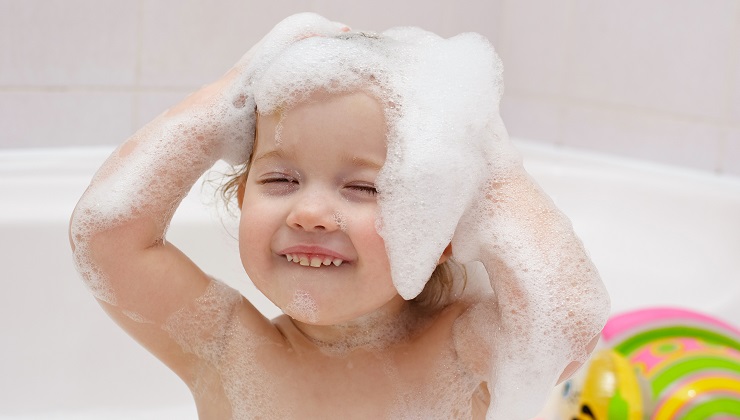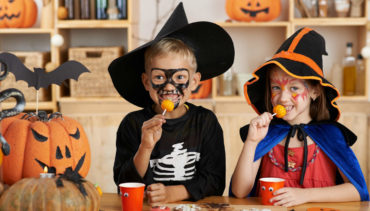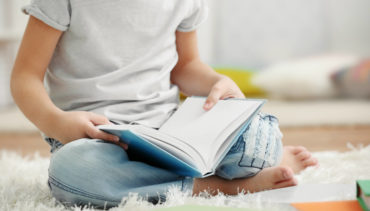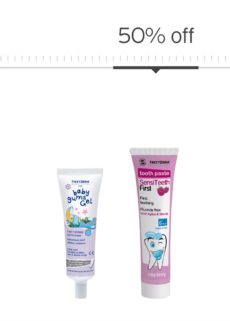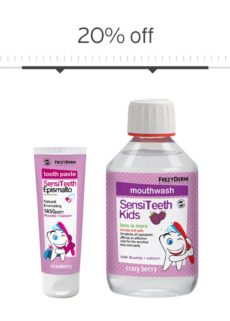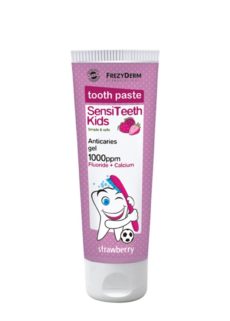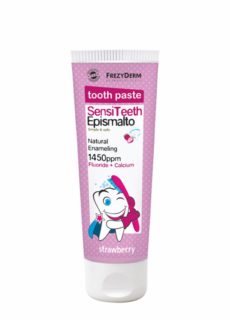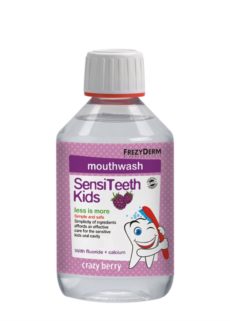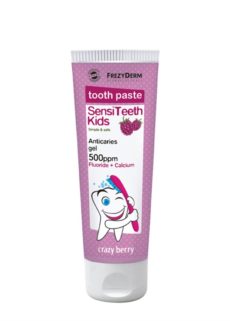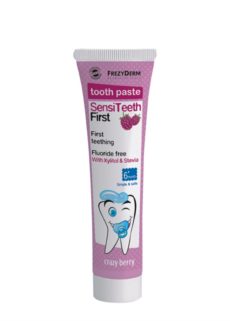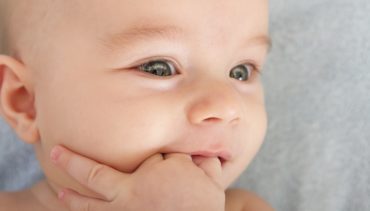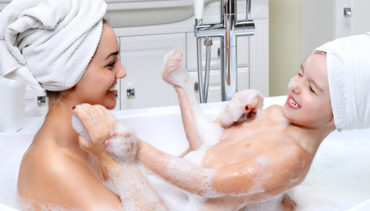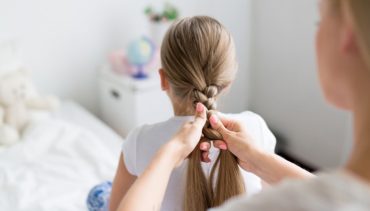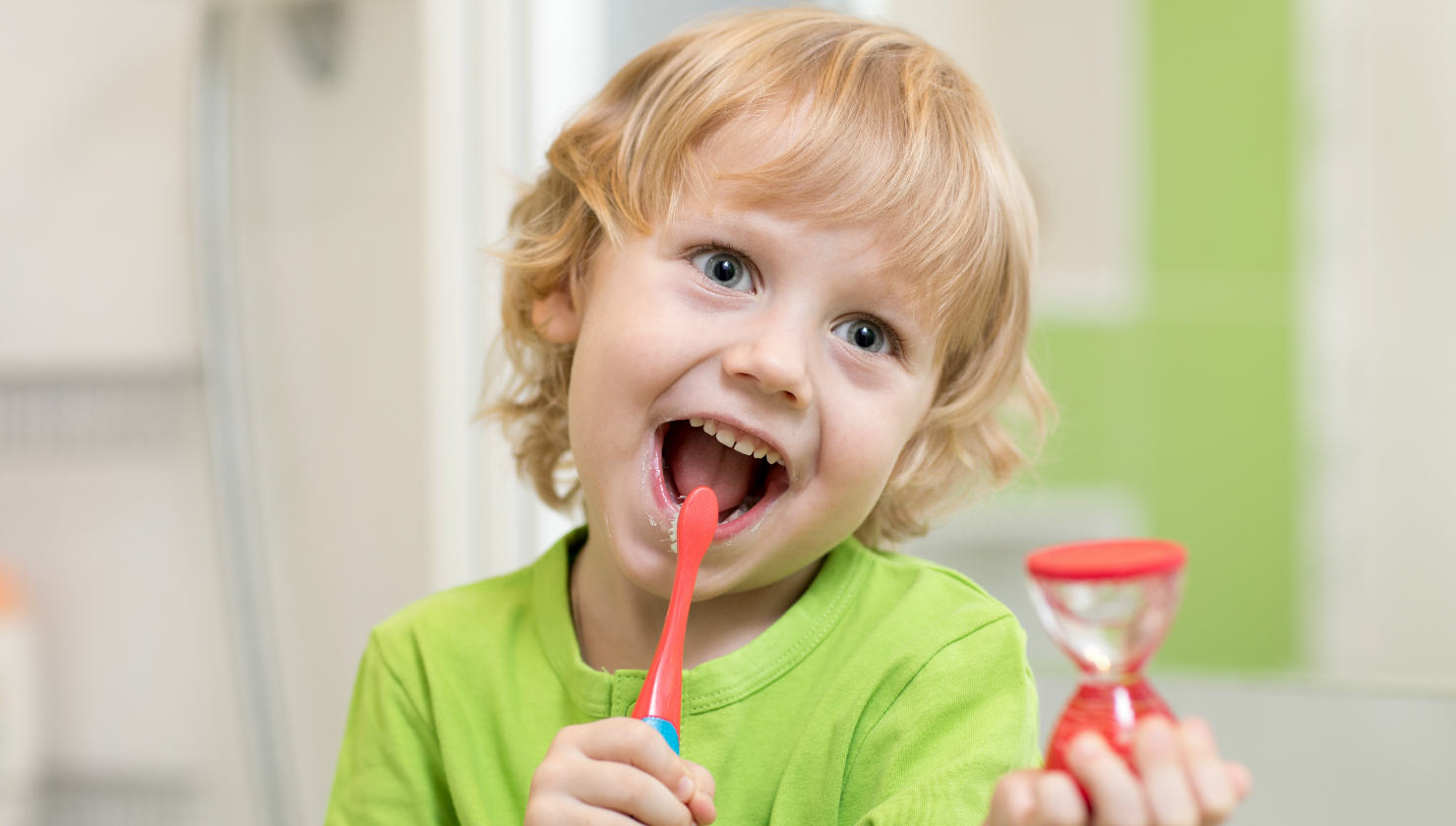
CHILDREN’S ORAL HYGIENE IN THE UK: STATS AND FACTS
How’s the oral hygiene of little youngsters in the UK?
The infographic provided by the Government website may appear alarming since its conclusions are pretty much the following:
- 25% of 5-year-olds have some sort of tooth decay, the majority of which remains untreated.
- About 1 quarter of children has missed an average of 3 days from school due to dental pain and infection.
- 2 thirds of parents have reported their child in dental pain.
- Nearly 40% have experienced sleepless nights due to severe pain.
As extreme as it may sound, part of it is attributed to parents’ confusion to what is needed for children’s teeth to be healthy.
Parents don’t always seem to realize how crucial it is to supervise their child’s daily brushing routine until the age of 7, how important fluoride is or what toothbrush is most suitable for their young ones.
Finding the right dental tips may not be as easy, so we’ve gathered some guidelines for a best dental practice.
Brushing Guidelines for Children up to 3 years old:
– Start brushing as soon as the first milk teeth come through. That is around the first 6 months of the baby’s age. A toothpaste without fluoride as the baby can’t spit, would be ideal.
– Visit the dentist, once the first teeth come out and afterwards, once a year will suffice for your kids’ dental checkup.
– Use a soft kids’ toothbrush.
– Guide your children through their first brushing attempts. You may brush your teeth together at the same time to both encourage and make it a fun and bonding activity.
– Stick to a 2 x 2 program. Twice a day, for 2 minutes. You may use a timer with your kid and make it your 2min game, showing how to cover all basics, from front and back teeth and tongue.
– Brush one time before bed, and one other time during the day.
– For up to 3 years old, use a smear of fluoride toothpaste that; that is the size of a grain of rice.
-Make sure your children don’t lick or eat from the tube.
Brushing Guidelines for children between 3-6 years old:
All above still apply here, with the only difference being the amount of toothpaste used. For children above the age of three, the recommendable is pea-sized.
- Supervision is still highly recommended ideally ending at the age of seven, when the child has formed and owned the habit.
- Fluoride has been proven to prevent tooth decay, therefore a fluoride toothpaste could be introduced at this age.
- Make sure they spit the toothpaste afterwards.



